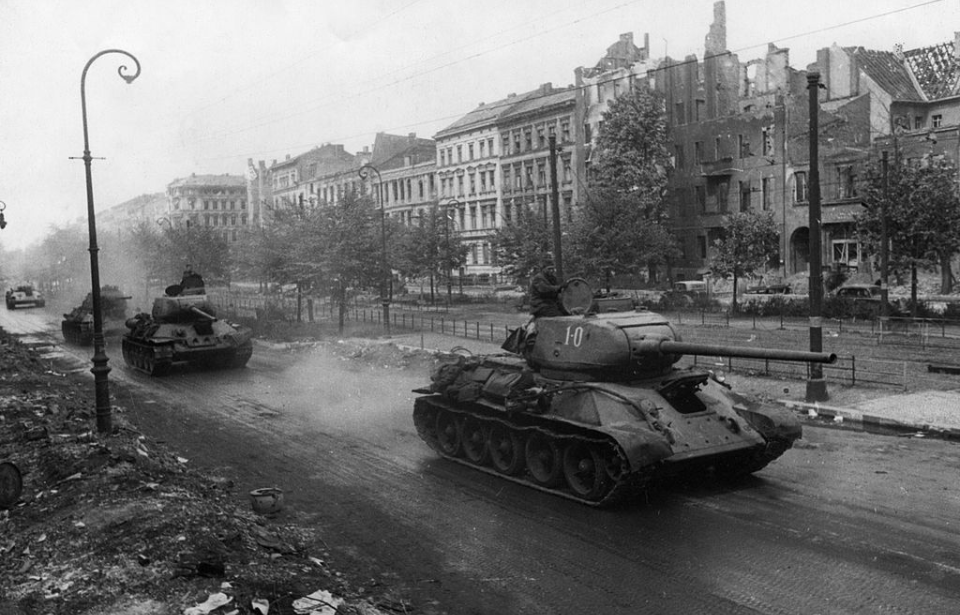In the years following the Second World War, a plethora of revelations emerged. These findings encompass a spectrum, from submerged vessels and crashed aircraft to undiscovered munitions and misplaced weaponry, with the majority of these relics dating back to the conflict strewn across both Europe and the Pacific.
Within this array of remarkable discoveries, one, in particular, captured substantial attention: the unearthing of a T-34 tank that had been seized and abandoned by the German Army shortly after the Battle of Narva.
A brief history of the Soviet T-34
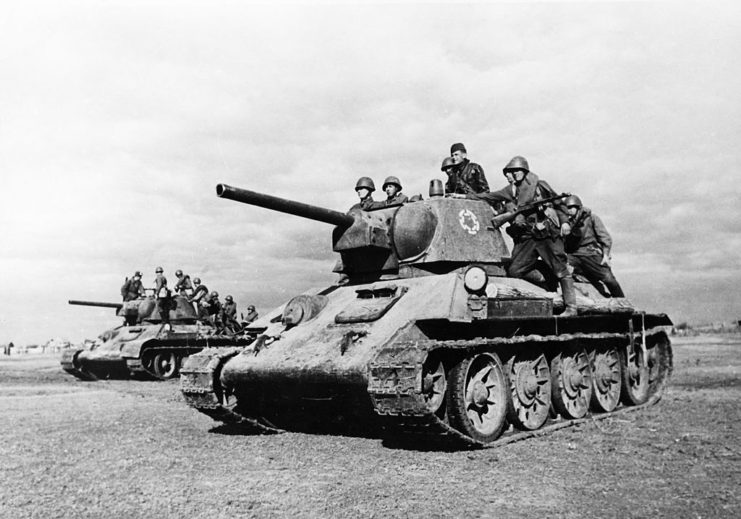
To truly appreciate the significance of such a discovery, it’s essential to delve into the history of the T-34. The medium tank was introduced into service with the Red Army in 1940 and became the most prolific tank of the Second World War and the second most produced of all time, following the T-54/T-55. A staggering 84,070 were manufactured, with 35,120 being of the original model and 48,950 representing the T-34-85 variant.
The T-34 initially wielded the 76 mm tank gun M1940 F-34 as its primary armament, complemented by two 7.62 mm Degtyaryov (DP) machine guns for added firepower. Although it lacked the heavy armor of some of its wartime counterparts, its innovative sloped design effectively shielded both the vehicle and its crew of four from anti-tank weaponry. This advantage, combined with its wide tracks and a V12 diesel engine, provided the Soviets with a competitive edge against their German adversaries.
Prior to the German invasion of the Soviet Union, famously known as Operation Barbarossa, the Wehrmacht remained unaware of the existence of the T-34, nor that of the formidable Kliment Voroshilov (KV) heavy tank. Consequently, they underestimated the resistance they’d face on the Eastern Front. The Germans were taken aback by the strength of the Red Army’s tank divisions, prompting them to intensify their own tank technology development.
However, the T-34 wasn’t devoid of shortcomings and, as the conflict entered its final years, it found itself outmatched by newer tanks. Nevertheless, it continued to serve with the Soviet Union and its allies, participating in such conflicts as the Korean War and the Angolan Civil War. Even the North Vietnamese Army (NVA) equipped troops with the T-34-85 during Operation Lam Son 719 and the 1975 Spring Offensive, among other engagements from the Vietnam era.
Battle of Narva
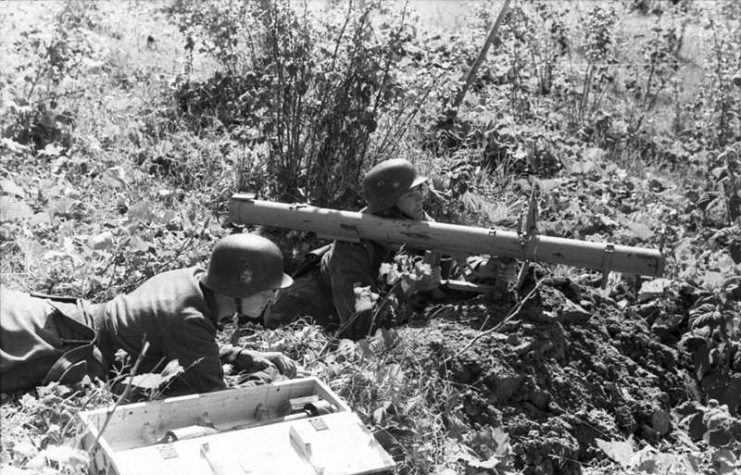
Capture and abandonment of a Soviet T-34
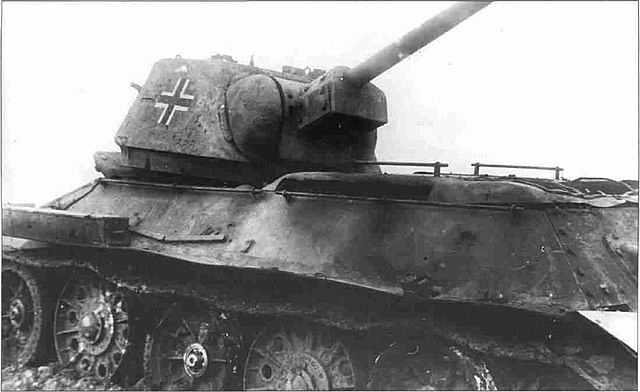
At some point during the Battle of Tannenberg Line, the Germans captured a T-34 manned by the Red Army. They fixed it up and painted their own markings on the exterior, before sending it back to the frontlines, this time for use against the Soviets.
Six weeks later, on September 19, 1944, the German forces began an organized retreat along the Narva Front. Likely not wanting to bring the T-34 with them, they drove it into Lake Mätasjärv, to prevent the Soviets from reclaiming it.
It was around this time that a local boy noticed tank tracks in the mud surrounding the lake and air bubbles rising to the surface of the water. This continued for approximately two months, leading him to believe there must be a tank or some other type of armored vehicle at the bottom.
Discovery of the Soviet T-34

Over 50 years later, the boy, now a man, remembered what he’d seen back in 1944 and told Igor Shedunov, the head of a local war history club. Together with other members, the decision was made to search the lake to determine if there was, in fact, a tank sat at the bottom.
Luckily, the club had two sections: one containing trained scuba divers who specialized in underwater exploration and recovery, and another best known for conducting land-based searches. The former, led by Mihail Zenov, planned out a systematic search of Lake Mätasjärv.
Despite there being no oil or lubricant floating along the water’s surface to give an indication of where the tank may be, the divers eventually located it, some seven feet below and laying beneath a three-meter layer of peat and silt.
A coordinated effort to retrieve and repair

Following the discovery of the T-34, plans were made to retrieve it from the bottom of Lake Mätasjärv. On September 12, 2000, a Komatsu D375A-2 was used to pull it from its underwater resting place. Once back on land, the members of the war history club confirmed it to be a T-34/76A, with a surprising 116 shells found within. Despite being submerged for approximately 56 years, it was in relatively good condition, with no rust. What’s more, all its systems, minus the engine, were still in working condition.
In the days following the tank’s retrieval, word spread of the T-34’s discovery, and then-Estonian President Lennart Meri came to admire it.
Under Estonian law, the club couldn’t claim ownership of the armored vehicle for five years. Once the mandated amount of time had passed, its members got to work restoring the piece of World War II history. This included a total overhaul and restoration of the T-34’s many components.
Where is the Soviet T-34 today?
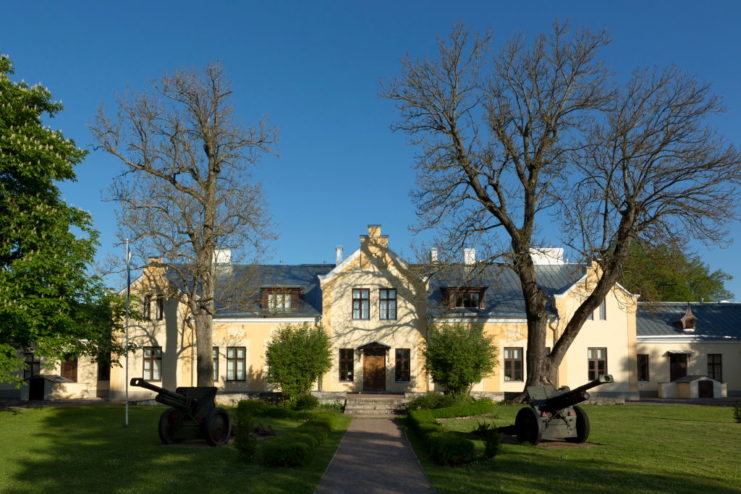
At present, the current whereabouts of the T-34 are unknown. Some sources claim it was last seen on display at the Estonian War Museum in the village of Gorodenko, while others say it was awaiting re-assembly at the war history club’s workshop near Sirgala, in the northeast.
More from us: Relic Hunters Surprised By What They Discovered In WWII-Era Bomber
Wherever it is, the hope of military and history enthusiasts alike is that the T-34 is being taken care of. The tank is an important piece of history and one of the few surviving examples of the fighting that occurred along the Narva Front during the Second World War, and it would be a shame for it to be lost (again).
